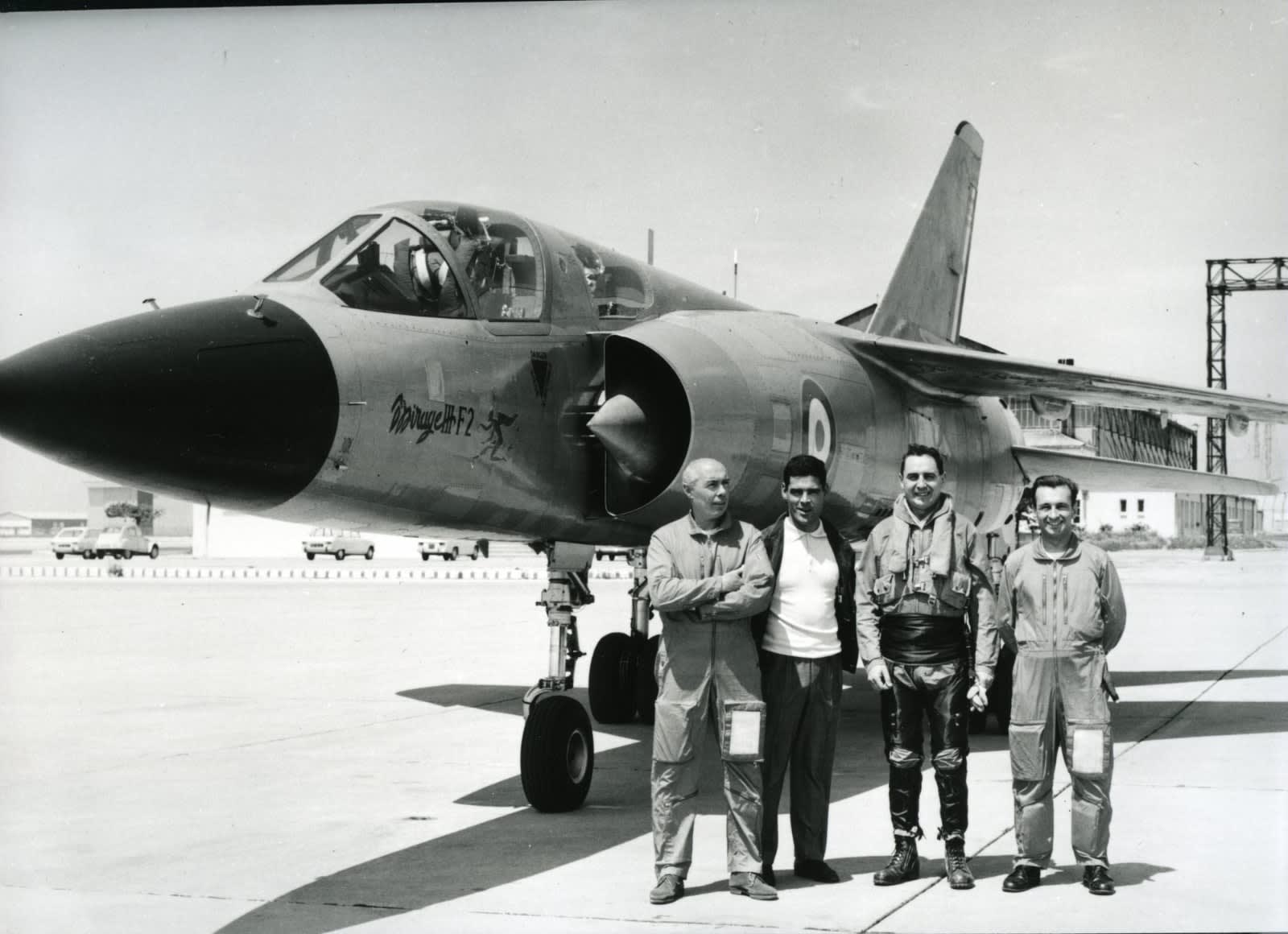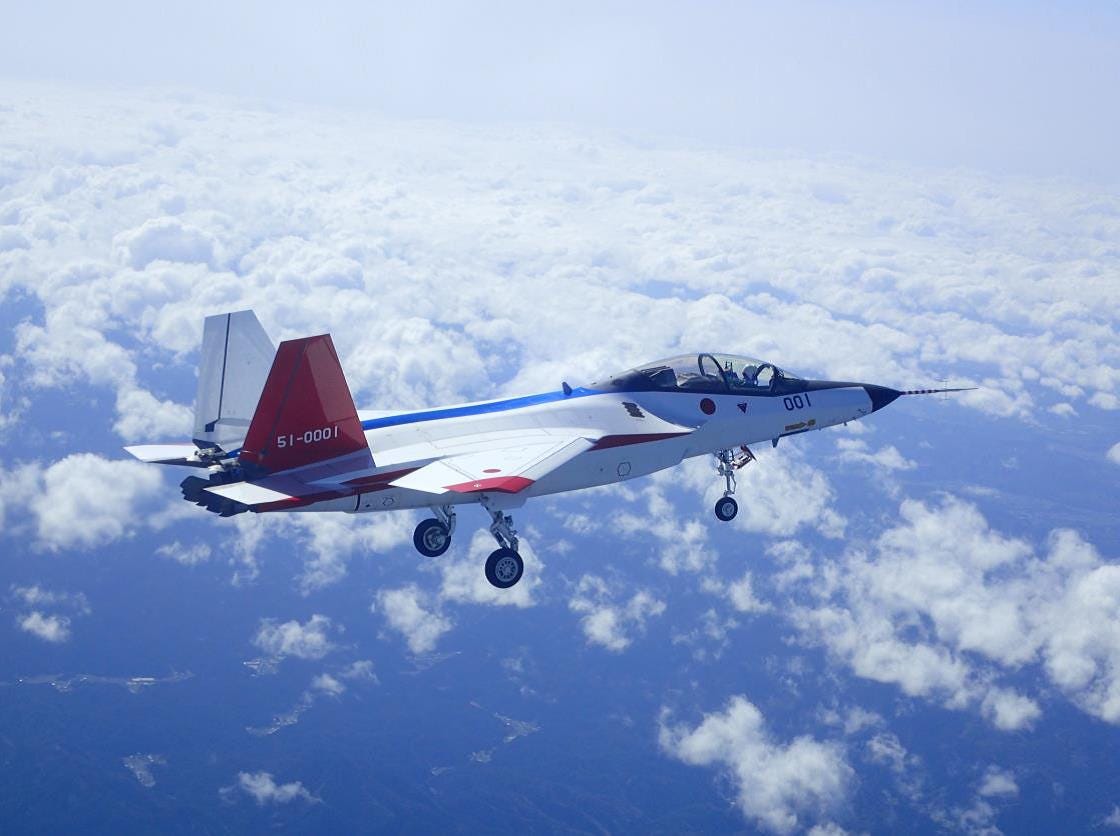F-3 Aircraft - The Panavia Tornado Air Defense Variant (ADV) was a long-range, swing-wing twin-wing interceptor of the Panavia Tornado version. The first flight of this aircraft took place on October 27, 1979, and in 1986 he was sent to the Royal Air Force (RAF). It was also carried out by the Italian Air Force (AMI) and the Royal Saudi Air Force (RSAF).
The Tornado ADV was originally designed to intercept Soviet bombers crossing the North Sea in order to prevent a successful nuclear air attack on the UK. In this capacity, it was equipped with powerful radar and long-range missiles. However, early aircraft produced to the F2 standard lacked radar due to development issues. The F3 standard was the final type used by the RAF, RSAF and AMI (who leased RAF aircraft).
F-3 Aircraft

During its existence, the Tornado ADV received several upgrade programs that expanded its aerial capabilities and allowed it to carry out the Suppression of Air Defense (SEAD) mission in addition to its interceptor duties. Eventually the RAF and RSAF retired their fleet of Tornado ADVs. The type was replaced in both services by the Eurofighter Typhoon.
New Yf 23 Is Back? Northrop Grumman Wants To Build Japan New F 3 Fighter Jet
The Tornado ADV originated from RAF 395 (or ASR.395), which called for a long-range interceptor to replace the Electric Lightning F6 and McDonnell Douglas Phantom FGR2.
The need for a modern interceptor arose from the threat posed by the large fleet of Soviet long-range bombers, especially the supersonic Tupolev Tu-22M.
From the very beginning of the development of the Tornado IDS (offensive-defensive) in 1968, the possibility of creating a variant designed for silent air defense was considered. Several American aircraft were evaluated but found to be unusable.
However, the concept did not sit well with the other European partners in the Tornado project, so the UK decided to continue development on its own. On 4 March 1976, development of the Tornado ADV was approved and it was announced that 165 of the 385 Tornados ordered for the RAF would be of the air defense type.
Netizens Wage Photoshop War On Japan's F 3 Stealth Fighter
The first prototype was flown at Wharton on 9 August 1979 and then made its maiden flight on 27 October 1979 with David Eagles.
The second and third experimental aircraft made their first flights on July 18 and November 18, 1980, respectively.
During flight testing, the ADV demonstrated significantly greater supersonic acceleration than the IDS under full combat load.

Testing prototypes using real-time telemetry transmitted from the aircraft in flight to technicians on the ground has been a great help.
Panavia Tornado F3 Editorial Stock Photo. Image Of Aircraft
The third prototype was used primarily to test the new Marconi/Ferranti AI.24 Foxhunter airborne interception radar.
Differences between the Tornado ADV and the IDS include a larger sweep angle at the wing gloves, the removal of the Kruger flaps, the removal of the left gun, a longer Foxhunter radar radome, slightly longer airbrakes, and a 1.36 m fuselage stretch to provide the ability to carry four Skyflash semi-active radar missiles.
This drag was applied to the front fuselage of the British built Tornado with a fork added just behind the cockpit, which had the unexpected advantage of reducing drag and making room for an additional fuel tank (tank "0") carrying 200 Imperial vehicles. . gallons (909 liters; 240 US gal) of fuel.
The Tornado F2 was the initial version of the Tornado ADV in RAF service, of which 18 were built. First flown on 5 March 1984, it was powered by the same RB.199 Mk 103 engine as the IDS Tornado, with four swept wing configurations and fitted for only two Sidewinder underwing missiles.
A Mcdonnell F 3 B Demon Fighter Jet At The Intrepid Aircraft Carrier, The Intrepid Sea, Air & Space Museum,new York City,usa Stock Photo
Serious problems were found with the Foxhunter's radar, meaning the aircraft was delivered with concrete and lead ballast installed in the nose as a temporary measure until it could be equipped with radar assemblies. This ballast was nicknamed the Blue Circle, a play on the names of the rainbow codes and the British brand of cement called the Blue Circle.
Tornado F.2 #229 OCU flies at a climb angle when turning to port. Note the air-to-air missiles in the lower fuselage and the two single missile rails under the wings.
Advantages of the F2 included RB.199 Mk 104 engines optimized for high altitude use with longer afterburners, the ability to carry four Sidewinder underwing rockets instead of two, and automatic wing sweep control.

The first armament of the F3s that entered service were short-range Sidewinder missiles and British-designed medium-range Skyflash missiles based on the American AIM-7 Sparrow.
Fighter Jet Art 'tornado F3 111 Squadron' Raf Leuchars
The F.3 (originally the F.Mk3) entered service in 1989 and included an automatic maneuvering system that allowed the flight control computer to automatically adjust the swept wing for optimum flight performance. This was similar in concept to the F-14's automatic swept wing (ASW) feature, a capability that greatly increased maneuverability but was not present in any previous Tornado IDS and ADV models.
In order to maintain the Tornado F3 as an efficient platform until its scheduled decommissioning date in 2010, the Department of Defense initiated the Capability Maintenance Program (CSP). The £125 million project, announced on 5 March 1996, included many elements including the integration of ASRAAM and AIM-120 AMRAAM air-to-air missiles, as well as radar upgrades to increase multi-target range. In addition, the displays of the pilot and navigator will be improved, as well as a number of on-board computer systems will be replaced.
The non-standard state of the aircraft was fixed in CSP. Various upgrades, especially of the Foxhunter radar, have led to a situation described as "a fleet within a fleet".
The Fox Hunter radar caused problems in the upgrade program, especially when integrating the new AMRAAM missile.
Hawaiian Raptors, French Air Force Advance Interoperability > National Guard > Guard News
Cost-saving decisions meant that the CSP did not fully exploit the capabilities of the AMRAAM or ASRAAM missiles. AMRAAM uses two updates in the middle of the post-launch period to update target information before getting its seeker. However, the CSP does not include the data link required to provide this capability. ASRAAM was not fully integrated, which prevented it from taking full advantage of the missile's full chamber capabilities.
However, in June 2001 the Department of Defense signed a contract for further upgrades to allow for interim upgrades.
This update, along with the updated IFF, became known as the AMRAAM Optimization Program (AOP) and was included in the remaining F3 fleet between December 2003 and September 2006.

Another upgrade, discovered in early 2003, was the integration of the ALARM anti-radiation missile, allowing several ADV Tornados to perform Suppressive Air Defense (SEAD) missions.
Could Japan's F 3 Fighter Scare China More Than The F 35?
Existing F3 radar warning receivers form the basis of an Radiation Detection System (ELS) that can be used to identify and locate live radar systems in the vicinity of the aircraft, and two ALARMs can be carried on underfloor pylons. Twelve aircraft, sometimes informally referred to as Tornado EF3s, were converted to Urgent Operational Requirements (UOR) in preparation for Operation Telic, the 2003 invasion of Iraq, and were operated by No. 11 Squadron RAF.
According to aviation historian Michael Lake, from the beginning of the type's development, the Tornado ADV faced "...many controversies and questions about the ADV's performance and suitability—controversies that persisted throughout the life of the aircraft."
The Tornado ADV was designed as an interceptor against the Soviet bomber threat, not as an air superiority fighter for long-range air combat maneuvers with various types of enemy fighters.
For its primary anti-bomber mission, it was equipped with long-range, out-of-sight missiles such as the Skyflash and later AMRAAM. The aircraft also had the ability to stay in the sky for long periods of time, staying over the North Sea and the North Atlantic to conduct air patrols.
Northrop Mitsubishi F3 F 36a By Bagera3005 On Deviantart
Compared to the Phantom, the Tornado had greater acceleration, twice the range and shorter flight time, and was also more capable of operating from shorter "harder" runways.
Older aircraft depended on a network of ground-based radar stations, but the Foxhunter F3 radar was capable of longer and wider scanning of the surrounding area. Tornado could track and measure targets at much greater distances.
The Tornado also had the ability to share its radar and target designation information with other aircraft via JTIDS/Link 16 and was one of the first aircraft to have a digital data bus used to transfer data between on-board computers.

On 5 November 1984, the first interim Tornado F2 was delivered to the RAF for the first time, and its short-lived service was extended to one day shortly after the improvement in Tornado F3 service. These aircraft were primarily used for training by No. 229 RAF Operational Conversion Unit until they were put into storage. The F2s were to be upgraded to the standard Tornado F2A (similar to the F3 but without the genie upgrade), but only one F2A was converted, the Tornado Integrated Avionics Research Aircraft (TIARA) adapted by QinetiQ for unmanned aerial vehicle (UAV) use. Trials at MO Boscombe Down.
Where Are They Now: M2 F3 Lifting Body
In November 1987, No. 29 (Fighter) Squadron became the first RAF squadron.
F 4 phantom aircraft, f-100 aircraft, f-14 aircraft, aircraft f 35, f 16 fighter aircraft, f-111 aircraft pictures, f 15 aircraft, f 35 fighter aircraft, f&e aircraft maintenance, f 102 aircraft, f aircraft, f & e aircraft maintenance
0 Comments